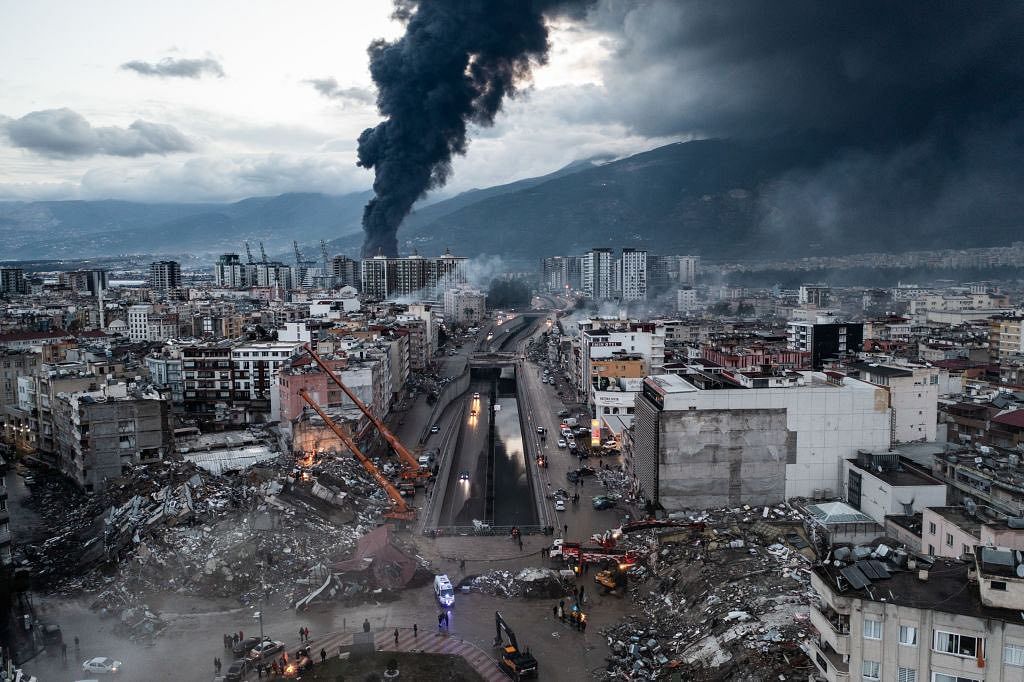Disaster preparedness is one of the central tenets of any comprehensive disaster management programme. It is evident that the goal of disaster reduction and preparedness is the development of a ‘Safety Culture’.
In the meantime and as a key element in preparedness policies within disaster-prone UT public, awareness and education play important roles. For any disaster management program the public awareness, Information dissemination and the training of personnel constitutes the fundamental ingredient of success.
An effective education and training program for disaster management should be participatory in design. The two days workshop on disaster preparedness at College of Education Srinagar in collaboration with Department of Disaster Management Government of Jammu and Kashmir circle narrows the rings to identify the areas down to public awareness and finally to education as a core element for raising the awareness of the public.
As the circle contracts, it focuses on educating teachers, students with the aim of transferring the knowledge from them to their students and families. It also highlights the interrelationships of all the rings in the model and the linkages of disaster preparedness to public awareness.
It is possible to disseminate vital information regarding disasters and preparedness to most levels of the society through teachers and students.
Teachers and students are good messengers in transferring this knowledge to their institutions and families. Fortunately, it has been observed that in most cases, the level of acceptance in parents from their educated students is generally high. The subject matter for disaster management training and education depend on the rural and urban development levels and the socioeconomic structure of a state, UT or a country.
A rational assessment of the subject-matter for training and education may start with identification of the specific problems associated with the management of disasters.
For example, the problems associated with the flood management in Kashmir have been identified in 2014 as: ambiguities on government policies for disaster management, high vulnerability of urban structures, insufficient enforcement of design codes, construction quality and urban planning.
Schools play a vital role in the community and are considered an important component in forming the culture of a society; and schools can be used for disseminating knowledge as well as providing an interface between those who are seeking to reduce the impacts of hazards. Consequently, it is proposed by Mr. Nazim Zai Khan, IAS, Secretary to Govt. Department of Disaster Management, Relief, Rehabilitation and Reconstruction, Govt. of J&K that a plan for disaster education be inserted in the textbooks of School Education.
Disaster preparedness and hazard reduction initiatives must be introduced to people to minimise longer-term social and economic disruptions resulting from hazard impacts.
The policy of developing general awareness and its relation to disaster mitigation, evidence from numerous disasters indicates that where societies had been prepared and educated for damaging events, significant reductions followed in casualties and physical losses.
lack of preparedness can result in many problems at the time of disasters and afterwards. With rapid urbanisation, we are witnessing changes in socio-economic structure which will continue for years and even decades.
Education can be regarded as one of the best media to prepare a community for disasters. Knowing what will take place, how to be prepared and how to respond to a disaster are key ingredients of management.
Disseminating this knowledge should be a noble responsibility of the educators and trainers. Mitigation and prevention efforts aim to reduce the potential damage and suffering that disasters can cause.
While disaster management cannot prevent disasters, it can prevent them from becoming compounded as a result of neglecting causal factors and manageable risks. Mitigation specifically refers to actions taken that can lessen the severity of a disaster’s impact. Investing in measures that limit hazards can greatly reduce the burden of disasters.
Protecting critical infrastructure during a disaster can mean the difference between life and death. Critical infrastructure, which comprises the systems and assets vital to a community’s economy, security, and public health, deserves special attention as regards disaster management mitigation.
The author, a research student at IASE, is an RTI and Environment Activist.
DISCLAIMER: The views and opinions expressed in this article are the personal opinions of the author.
The facts, analysis, assumptions and perspective appearing in the article do not reflect the views of GK.






